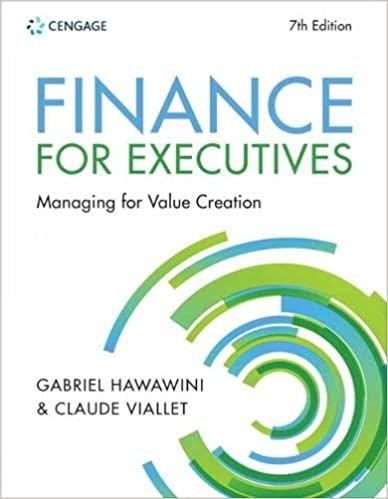Suppose a firm is considering two mutually exclusive cqually risky projects with waCC =15% and the following cash fiows: How can you calculate the MIRR for the project that maximizes shareholder value? Assuming that your prolessional financial calculator is able to caiculate the MIRR, use the following table to indicate which values you should enter to compute the MIRR for Project X. Suppose that your calculator does not have the ability to compute the MIRR. Here are the steps you necd to take to calculate the MIRR for Project Y. 1. Uset the following fable to indicate which values you should enter fo compute the net present value (NPV) of all cash infows. 1. Use the following table to indicate which values you should enter to compute the net present value (NPV) of all cash inflows. 2. Use the following table to indicate which values you should enter to compute the future value of the NPV. 3. Use the following table to indicate which values you should enter to compute the MIRR. Finally, you can answer the question: The MIRR for the project maximizes shareholder value. Ch 11- Video Lesson - The Basics of Capital Budgeting 1. Use the following table to indicate which values you should enter to compute the net present value (NPV) of all cash inflows. 2. Use the following table to indicate which values you should enter to compute the future value of the NPV. 3. Use the following table to indicate which values you should enter to compute the MIRR. Finally, you can answer the question: The MIRR for the project maximizes shareholder value. 2. Use the following table to indicate which values you should enter to compute the future value of the NPV. Input Keystroke Output 3. Use the following table to indicate which values you should entel. 2094.14 FV the MIRR. Finally, you can answer the question: The MIRR for the project maximizes shareholder value. 2. Use the following table to indicate which values you should enter to compute the future value of the NPV. \begin{tabular}{l} Input \\ Keystroke NI/Y \\ Output \\ 3. Use the following table to indicate which values you should enter to compute the MI. 2094.14 \\ \hline PMT \\ \hline \end{tabular} Finally, you can answer the question: The MIRR for the project maximizes shareholder value. Ch 11- Video Lesson - The Basics of Capital Budgeting 2. Use the following table to indicate which values you should enter to compute the future value of the NPV. 3. Use the following table to indicate which values you should enter to compute the MIRR. Now it's time for you to practice what you've learned. Suppose a firm is considering two mutually exclusive equally risky projects with WACC =15% and the following cash flows: ch 11- Video Lesson - The Basics of Capital Budgeting 2. Use the following table to indicate which values you should enter to compute the future value of the NPV. 3. Use the following table to indicate which values you should enter to compute the MIRR. Suppose a firm is considering two mutually exclusive equally risky projects with WACC =15% and the following cash flows: 2. Use the following table to indicate which values you should enter to compute the future value of the NPV. 3. Use the following table to indicate which values you should enter to compute the MIRR. Finally, you can answer the question: The MIRR for the project maximizes shareholder value














